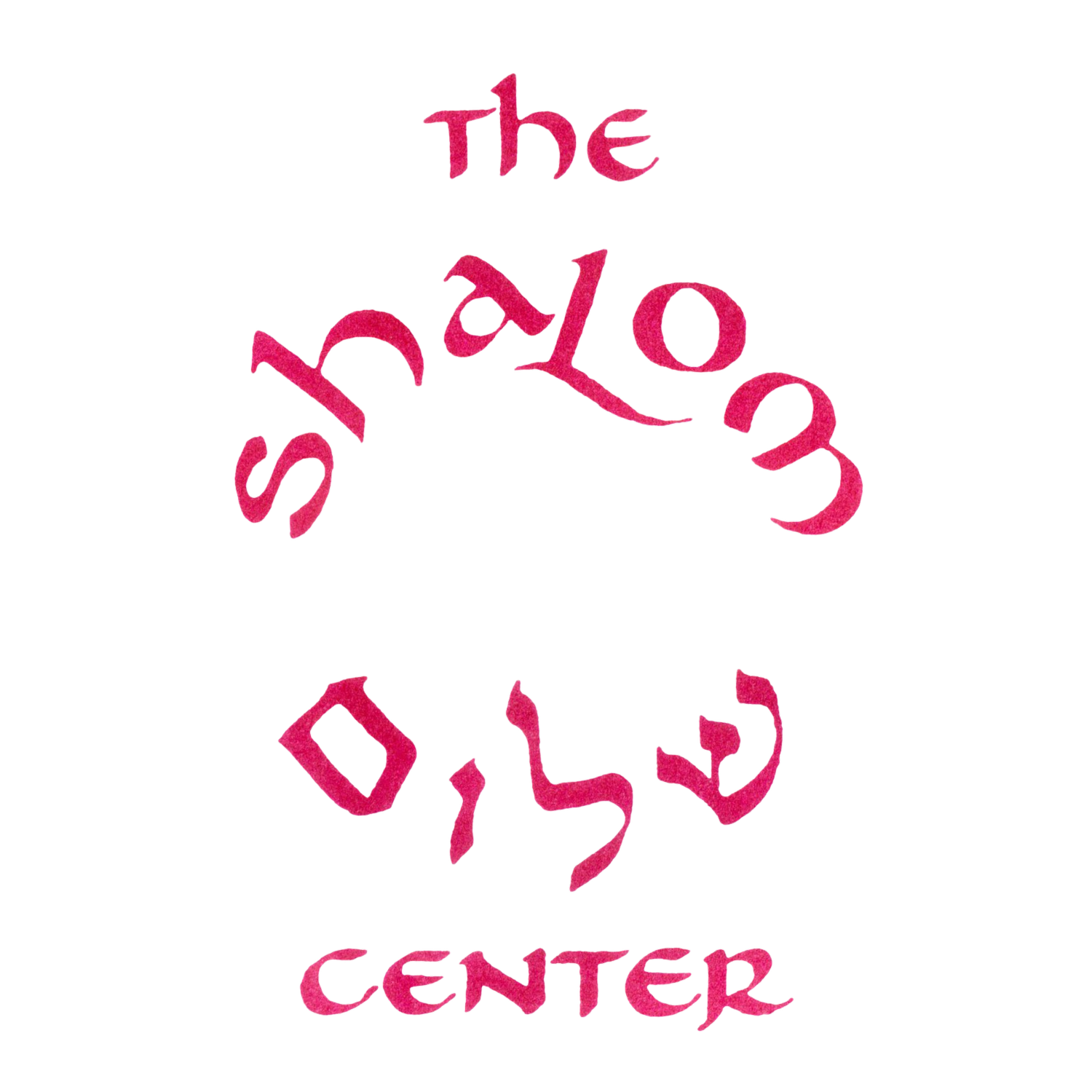Learning from the “Great Flood” Story
by Rabbi Arthur Waskow
Dear companions,
In a world beset by catastrophes, including a swift walk to the edge of a planetary precipice, why pay attention to a 3,000-year-old text of a world-wide Flood that we know is fiction, even if its authors thought it was factual history?
Because their fiction is filled with wisdom hidden in plain sight.
First is the profusion of dates in the Biblical story. Not until the story of Exodus are there any dates at all, and even then not as many, and few as precise. On the surface, these dates seem a desire to prove that story is factually historical. But one twin set of dates suggests a different intention.
The date of the beginning of the Flood is given as the “seventeenth of the second moonth.” The date of the Flood’s end is given as “the twenty-seventh of the second moonth.” Both seem to point to the Israelites’ lunar calendar. That would be normal for dates in the Hebrew Bible.
But wait a minute – or a year. A lunar year of 12 dances of the moon is 354 days. A solar year is 364 ¼ days along – close to ten days longer. This dating seems to be using the lunar calendar to point to a solar year. Now remember the Flood story describes a universal disaster, affecting all species and all cultures. The Bible’s effort to reach beyond Israelite history is repeated in Rabbinic debates. The Rabbis argue whether the story’s “second” moonth is in the spring or fall. They are about to conclude it is in the fall when Rabbi Yehoshua reports that “the sages of the other nations” say it is in the Spring! – a rare, possibly unique citation of “outside” wisdom – and they change their minds. If the Flood was a universal catastrophe, the Torah and the Rabbis want to honor both its impact on their own culture and its impact on every culture.
Both a prelude and a postlude to Noah’s and his unnamed wife Naamah’s mission in the story: to guarantee the future of every species, not only every culture.
A lesson for today, in the early stages of what we call the climate crisis!
And yet there are teachings deeper yet: The same YHWH [Yahhhh/ Breath of life] Who had said
“Now YHWH saw that great was humankind’s evildoing on Earth, and every form of their heart’s planning was only evil all the day . . . . YHWH said: I will blot out humankind, whom I have created, from the face of the soil, from human to beast, to crawling things and to the fowl of the heavens, for I am sorry that I made them.” (Gen. 6: 6-7)
now said, contemplating the holocaust of almost all life,
“I will never again curse the soil [adamah] on humankind’s [adam] account, since what the human heart forms is evil from Its youth. . . .
“Never again, all the days of Earth, shall
Sowing and reaping,
Cold and heat,
Summer and winter,
Day and night,
Ever cease.”
(Gen. 8: 21-22)
There are two extraordinary teachings in these two passages. The first is that YHWH quotes His/ Her/ Their own previous phrase and gives it new meaning (practically reversing it) because the world has changed. That is the first midrash in the biblical text, and the author of the passage puts it in God’s mouth –teaching its possibility and necessity to every human who follows.
The second is the content of the covenant. Here the tone shifts from specific dates of the lunar moonth to the majestic spiral of the seasons, daily as well as yearly. Why is this the recipe for healing shattered Earth? Could the Bible be telling us that ruin of the seasons has been the human ruination of relationships with Earth, and that we need to give the seasons new life if we are to renew the vitality of Earth?
What would that mean? Would it be necessary, and enough, to re-create the festivals as “actifests” – activist occasions in the flovor of each celebration to change Earth and Society to an ecological, not a hierarchical, model? Is that enough? Or do we need to stop polluting our times of dark with unearthly brightness, let cold make us shiver like the poor to make our action transformational?
Must we, as the Prophet Hosea seems to call us, break the bow of war from Earth if we want to make real the Bow of Harmony in the sky?
“In that day, I will make a covenant for them with the beasts of the field, the birds of the air, and the creeping things of the ground; I will also banish bow, sword, and war from the land. Thus I will let them lie down in safety.” (Hosea 2: 21)
I don’t know the answers to these questions. But I am sure we need to study them, discuss them, if we are to grow the world of eco/ social justice that is the Torah’s vision. Join us at 7 pm this Tuesday and Wednesday to wrestle with these questions and with God. We will have with us Rabbi Professsor Julia Watts Belser of Georgetown University and Rabbi David Seidenberg of neohasid.org and Kabbalah and Ecology as well as me. On Wednesday, the second webinar will be led by Rabbi Mordechai Liebling and Lynne Iser using Joanna Macy’s “The Work That Reconnects” on how to turn toward action.
Please register at https://theshalomcenter.org/events/learning-from-the-flood-story. Both webinars will be recorded and available if you register NOW but can’t make the date.
With the blessing of Rabbi Akiba’s words: ”Study is greater than action if it leads to action.”
— Arthur

